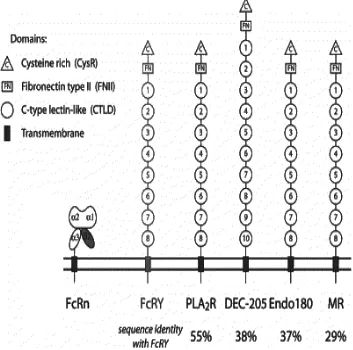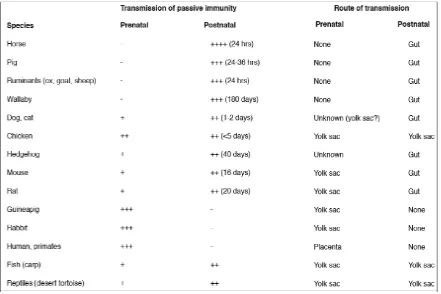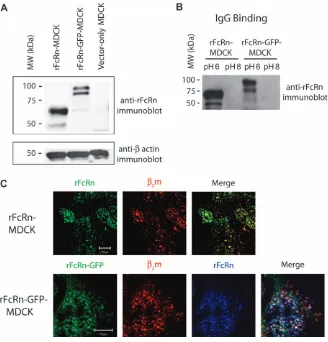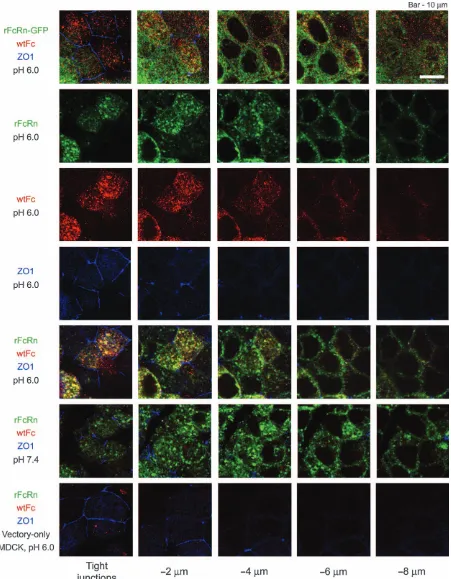Investigations of the mechanisms of receptor-mediated immunoglobulin transport in mammals and birds
Full text
Figure

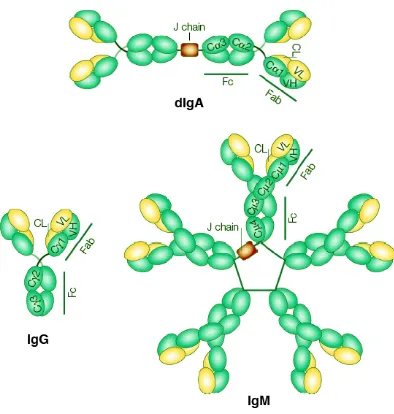
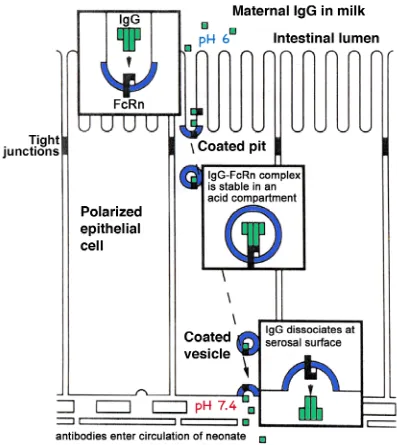
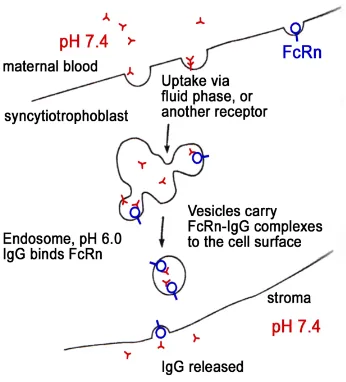
Related documents
for screening the mechanical or physical properties of a combinatorial library of materials by using at least one response sensing device to measure the
One hundred (100) consented students participated in the study and inter- views were conducted using a semi-structured questionnaire while blood samples were col- lected
The wavelet transform is used to show that their frequencies and amplitudes are modulated, providing exper- imental evidence that the dynamics of blood distribution is governed by
Bioflavonoids (natural plant flavonoids, semi-essential nutrients, vitamin P) are significant component of “bio- logical protection” [4,5] for a enhance of resistance of the
We study the efI'ect of a single bistable scatterer on the conductance of mesoscopic conductors in the crossover regime between open and closed systems.. After the resistance of
Help the beneficiary households to cope with negative shock due to reduction in the fuel subsidy (it can be seen from the use of funds, e.g., rice or other food
C The fiscal policy could affect the flows of incomes and expenditures, the global level of social output as well as the “monetary balances” via the changes in the
Our EMU sample consists of Austria, Belgium, Finland, France, Germany, Greece, Ireland, Italy, the Netherlands, Portugal, and


